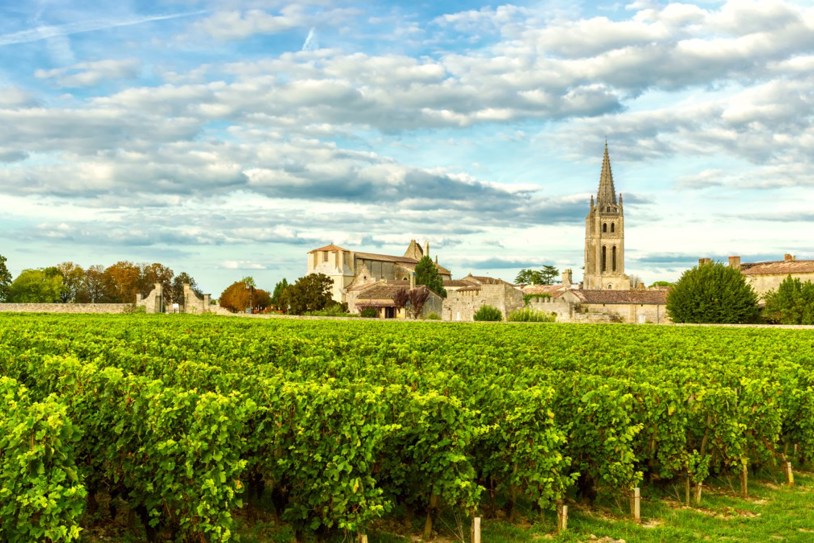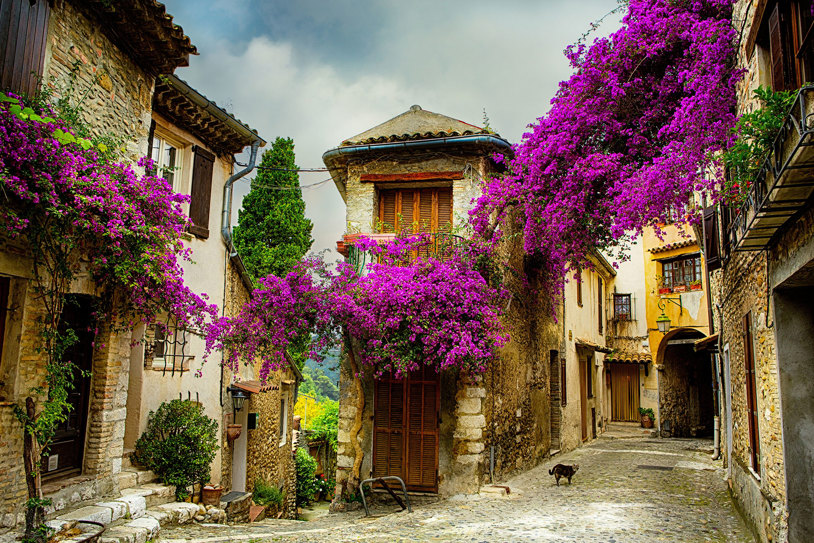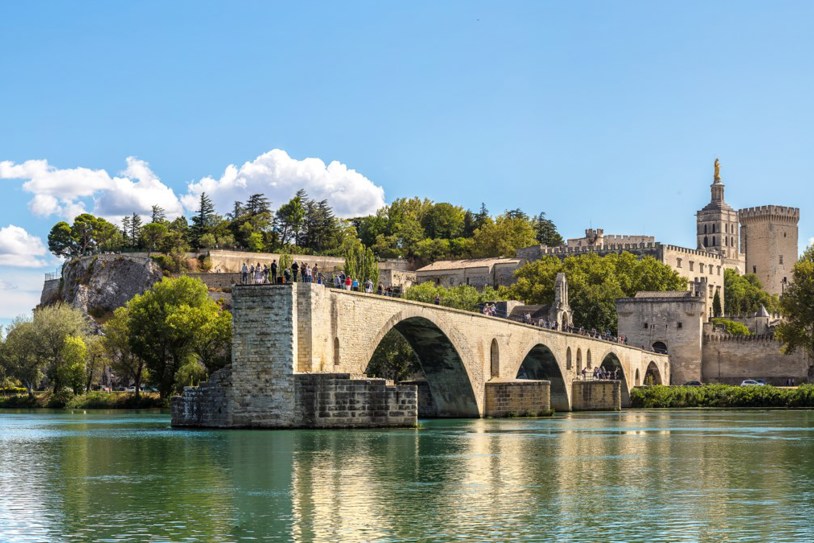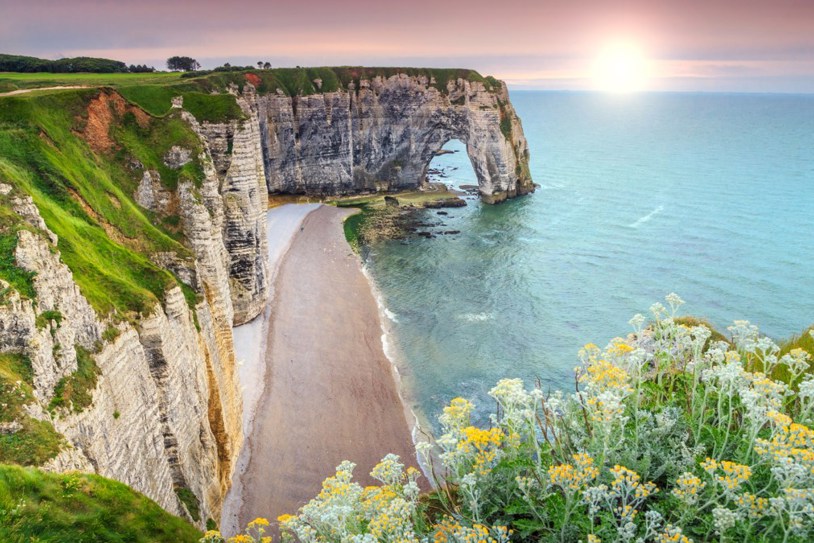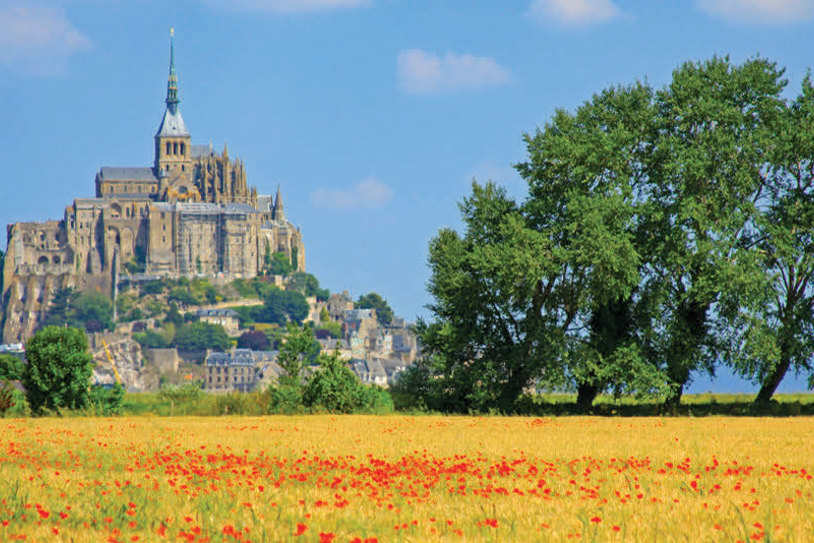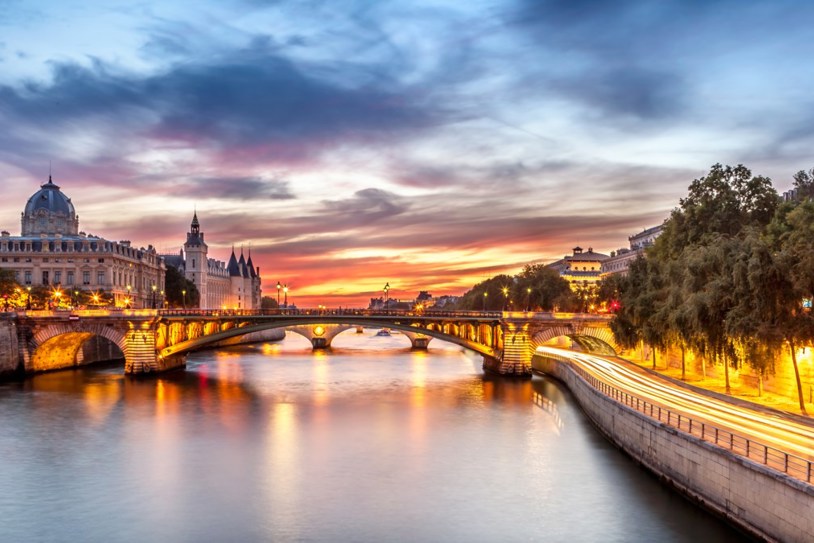Wines in France are mostly named for their regions and not their grape varietals. It's a must to try the bold reds in Bordeaux and Burgundy!
About Us
For more than 50 years, Grand European Travel has been providing a wonderfully simple, and genuinely personal, way to travel.
Meet Our Team
Our Travel Specialists make planning your trip fun and hassle free
Guided Vacations
Top 10 advantages of taking a guided tour
Guest Reviews
As you plan your trip, read our unedited guest reviews
Travel Insurance
Protect your vacation with travel insurance.
Responsible Travel
Powered by our not-for-profit foundation, TreadRight
Current Offers
From Last Minute Deals to limited time promotions, see all offers.
Black Friday Sale
Buy One, Get One 50% Off* plus extra savings
GETAWAY Deals
Travel within 4 months, save up to 15%
AARP Member Benefits
Enjoy exclusive savings on guided tours and river cruises
2027 Cruise Savings
Early Booking Savings up to 20%
Solo Traveler Deals
2026 Single Supplement Cruise Discounts
A Quick Guide to the
Wine Regions of France
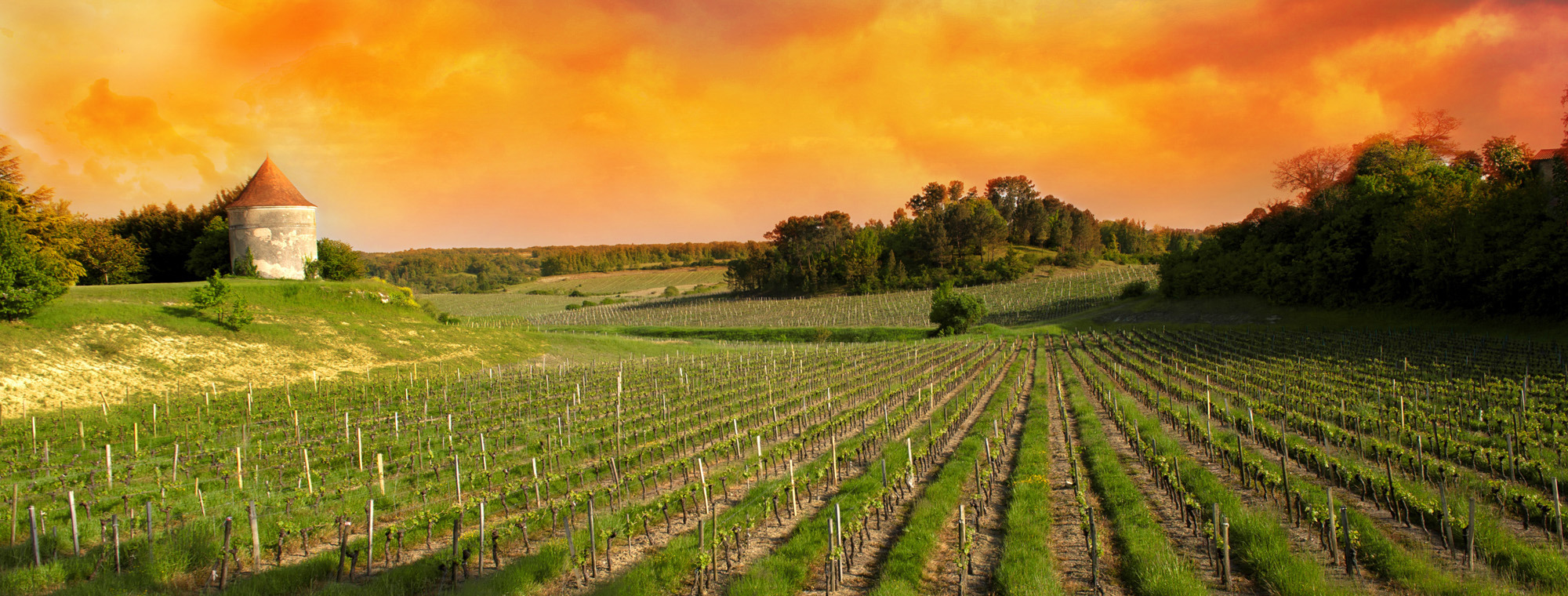
Along with Italy, France is le maître of Old World wine While there are burgeoning wine scenes in more and more countries and regions all over the globe, France has been there since the beginning, consistently putting out some of the world’s finest bottles year after year. And when you’re discussing the crème de la crème of French wine, the conversation begins with Bordeaux and Burgundy.
Our Top 2 Wine Regions of France
The Bordeaux Wine Region of France
Located in southwestern France on the Atlantic coast, the Bordeaux region stretches inland along the Gironde Estuary and Dordogne and Garonne Rivers. This is significant for a few reasons: First, the rivers and coastal access allowed for easy export, and Bordeaux wine quickly became a status symbol as wealthy merchants carried it abroad.
Second, the Gironde Estuary plays an important role in how Bordeaux wines are blended and classified. Over 90% of Bordeaux reds are a blend of Merlot and Cabernet Sauvignon; a winery’s location on either the Left Bank or Right Bank of the Gironde determines whether that blend is driven by Cabernet or Merlot. Wines produced in the Left Bank have a higher proportion of Cabernet, while Right Bank wines have a higher proportion of Merlot. Malbec, Petit Verdot, and Cabernet Franc are sometimes added to the blend as well, but Merlot and Cabernet Sauvignon are always in the driver’s seat.
Left Bank soil tends to be more gravelly, and yields wines that are generally bolder, higher in tannins and alcohol, and ideal for aging. The Right Bank has red clay and limestone soil and produces wines that are a bit softer, with fewer tannins and lower alcohol content. These wines offer more fruit and berry flavors compared to the smoky, spice flavors of the Left Bank Bordeaux.
The Burgundy Wine Region of France
As opposed to its coastal counterpart, Burgundy is landlocked in eastern-central France. Burgundy, or Bourgogne in French, is renowned for producing some of the world's finest wines, particularly from the Pinot Noir and Chardonnay grape varieties. The top wines from Burgundy often come from its prestigious Grand Cru vineyards. The region stretches from Dijon in the north to Mâcon in the south, while the Chablis sub-region lies a bit further to the north and east—close to the city of Auxerre. Winemaking in the area dates back to the 1st century AD, but the Catholic monks in the Middle Ages really cultivated the land and honed production techniques as they made wines for the church and aristocracy.
Brilliant Bordeaux
Day 1
Bordeaux (Embark)Day 2
Cussac Fort MédocDay 3
CadillacDay 4
Blaye, Bourg sur GirondeDay 5
Libourne (Saint-Émilion)Day 6
Libourne, BordeauxDay 7
BordeauxDay 8
Bordeaux (Disembark)
Wonderful France
Day 1
Bonjour FranceDay 2
Discover the Delights of ParisDay 3
Journey through Burgundy to LyonDay 4
Continue to Monaco and the French RivieraDay 5
The French Riviera Your WayDay 6
On to Saint-Tropez and AvignonDay 7
Explore Ancient History in Pont du Gard, Arles and AvignonDay 8
Travel By High-Speed Train to ParisDay 9
Au Revoir Paris
Burgundy and Provence
Day 1
Arles (Embark)Day 2
ArlesDay 3
AvignonDay 4
ViviersDay 5
Tain-l’Hermitage (Tournon)Day 6
LyonDay 7
Mâcon (Beaune)Day 8
Lyon (Disembark)
Paris and Normandy
Day 1
Paris (Embark)Day 2
La Roche-Guyon, Vernon, GivernyDay 3
RouenDay 4
Caudebec-en-Caux (Honfleur or Étretat)Day 5
Rouen (Normandy Beaches)Day 6
Mantes-la-Jolie (Versailles)Day 7
ParisDay 8
Paris (Disembark)
The Treasures of France including Normandy
Day 1
Bonjour ParisDay 2
Admire Normandy’s Colorful HonfleurDay 3
Explore the D-Day Landing BeachesDay 4
Journey through Picturesque Normandy and BrittanyDay 5
Continue to the Beautiful Loire ValleyDay 6
Discover the Stunning French ChâteauxDay 7
Continue to Chartres and ParisDay 8
Farewell Paris
Country Roads of France
Day 1
Welcome to ParisDay 2
Champagne Region and on to DijonDay 3
Free Time in DijonDay 4
ChamonixDay 5
Lakeside Annecy and GrenobleDay 6
The French Riviera to reach NiceDay 7
Nice and the Principality of MonacoDay 8
Picturesque ProvenceDay 9
Avignon and Pont du GardDay 10
Carcassonne and to AlbiDay 11
Free Time in AlbiDay 12
Cahors and RocamadourDay 13
Exploring the Dordogne ValleyDay 14
Paris, The City of LightDay 15
Romantic Capital on the SeineDay 16
Au Revoir Paris
A Portrait of Majestic France
Day 1
Bordeaux (Embark)Day 2
Cussac Fort MédocDay 3
CadillacDay 4
Blaye, Bourg sur GirondeDay 5
Libourne (Saint-Émilion)Day 6
Libourne, BordeauxDay 7
BordeauxDay 8
Bordeaux (Disembark), Transfer to Paris via High-Speed TGV Train (Embark)Day 9
La Roche-Guyon, Vernon, GivernyDay 10
RouenDay 11
Caudebec-en-Caux (Honfleur or Étretat)Day 12
Rouen (Normandy Beaches)Day 13
Mantes-la-Jolie (Versailles)Day 14
ParisDay 15
Paris (Disembark)
You Might Also Like
 Tap To Call
Tap To Call
 Free Brochure
Free Brochure
Order Your Free Brochure
Sign up to order your FREE travel brochure subscription and get exclusive offers only available to our subscribers
Thanks for signing up to receive our latest brochure. As a subscriber, you'll be the first to receive our new brochures as they are released, plus great deals in your inbox.



